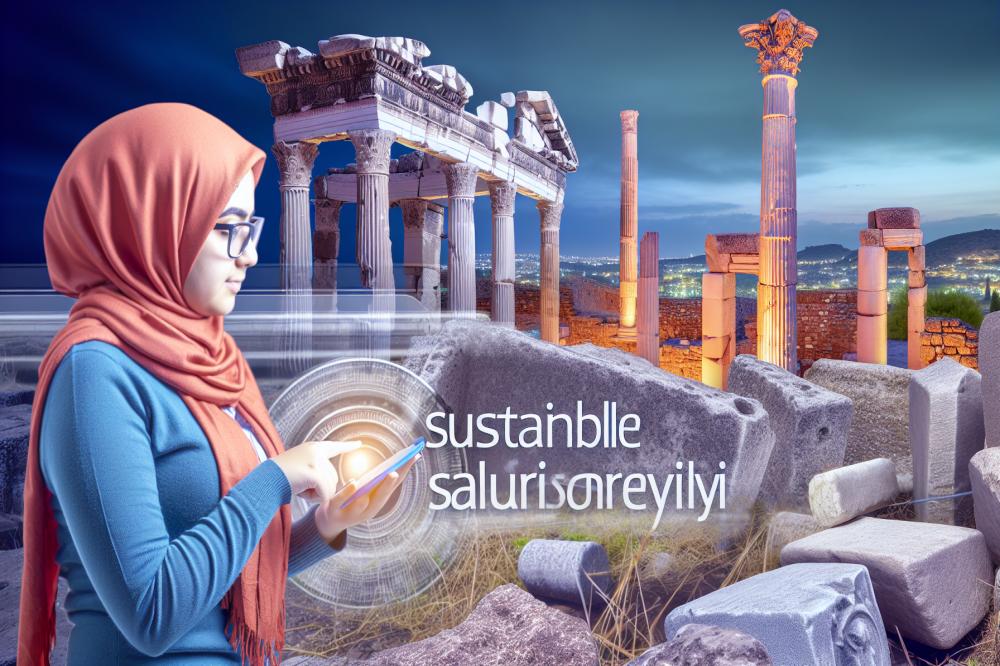Introduction
The ancient city of Pergamon holds a special place in the rich tapestry of Turkey’s historical sites. This remarkable location was once a thriving center of Hellenistic civilization. Its architectural wonders and cultural achievements stand as a testament to the ingenuity of ancient people. History echoes through the ruins, reminding us of a time when this city was at the forefront of science, art, and philosophy.
Today, Pergamon is an archaeological treasure. Visitors from all over the globe explore its remarkable features, including the grand Acropolis that once defined its skyline. This site is not only crucial for understanding Hellenistic culture but also serves as a treasure trove for archaeology enthusiasts. They can admire ancient constructions that include temples, theaters, and a library that was among the largest in the ancient world.
The city was notable for its advancements in medicine as well. It housed one of the earliest medical centers, attracting thousands of people seeking healing. This intersection of culture and healthcare highlights the city’s significance in various fields throughout history.
As a cultural heritage site, it connects us to our past in profound ways. The layers of history embedded in the ruins tell stories of human endeavor, creativity, and resilience. Exploring these remnants of an ancient civilization helps us appreciate the complexities of life in that era. Ultimately, Pergamon is more than just a collection of stones; it represents a community that contributed to the foundation of modern society.
Overview of Pergamon
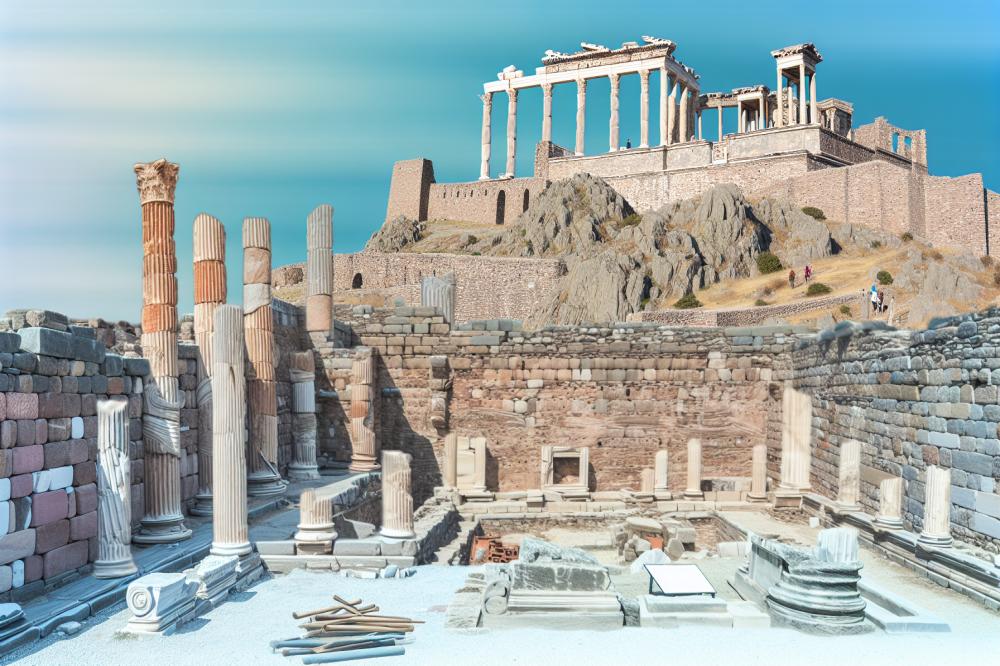
Located in present-day Turkey, Pergamon was an important ancient city with a fascinating history. Its origins trace back to the Hellenistic period, when it flourished as a hub of art and culture. This vibrant city was not just a settlement; it became a center for politics and innovation, making it a significant player in the ancient world.
The Acropolis of Pergamon stands as a testament to its architectural brilliance. Powerful kings, particularly Eumenes II, expanded the city in the 2nd century BCE. Under their rule, Pergamon developed a rich cultural heritage, supporting arts, philosophy, and education. Scientists and thinkers gathered here, contributing to the knowledge of their time.
Remarkably, Pergamon was also known for its advanced medical practices. The Asclepius, a prominent medical center, attracted those seeking healing and wisdom. Patients traveled great distances to benefit from its renowned treatments. This blend of science and spirituality showcased the city’s dedication to improving lives.
As an archaeological site, the ruins provide a window into the life of an ancient civilization. Visitors today can walk among remnants of grand temples and libraries. Each site reflects its historical significance and helps us understand the past. Pergamon’s libraries housed countless scrolls, making it a stronghold of knowledge and learning.
In the context of historical sites, this ancient city holds a unique place. The ruins convey stories of triumph and challenges faced by its inhabitants. Its remnants remind us of the complexities of human endeavor and creativity in a time long gone.
The Acropolis of Pergamon
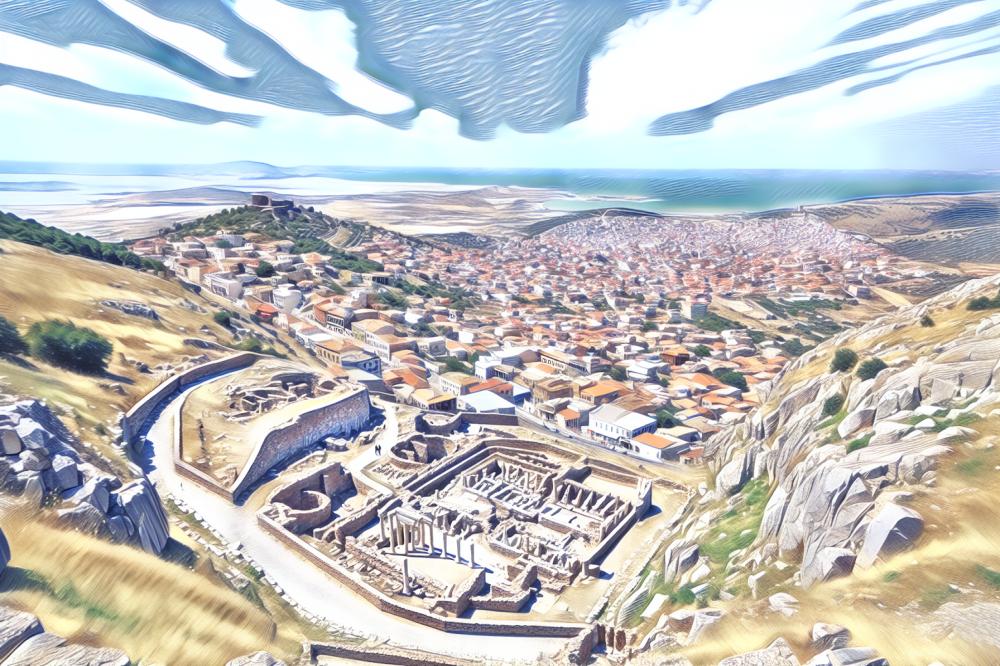
The Acropolis stands as the heart of the ancient city. Visitors often marvel at its dramatic elevation against the backdrop of Turkey’s landscape. Among its many ruins, the Temple of Athena emerges as a remarkable structure. Built in honor of the goddess, this site showcases the stunning Hellenistic architectural style. Tall columns and intricately carved friezes reveal the artistry of the time.
Another iconic landmark is the Altar of Zeus. This monument served not only as a religious site but also as a symbol of power and devotion. Its grand scale and detailed reliefs depict myths that resonate with the history of ancient civilization. Walking around these remnants, one can feel the weight of stories told through stone.
Other significant buildings adorn the Acropolis as well. The steep theater, with its impressive seating capacity, illustrates the importance of entertainment in daily life. Meanwhile, the impressive library of Pergamon played a vital role in the spread of knowledge. The city once boasted the second-largest library in the ancient world, reflecting its status as a major center of learning.
This archaeological site has immense cultural heritage. Discoveries here provide insight into the medical center that attracted scholars from afar. The ruins reveal their pursuit of knowledge and healing. It was not just a city of worship; it was a hub for intellectual and cultural exchange.
Each structure tells a story that connects the past with the present. Exploring these historical sites offers a glimpse into how people lived, worshipped, and created. The atmosphere draws visitors into the vibrant life that once flourished here. It is easy to understand why the Acropolis remains a must-see destination for those interested in history and archaeology.
Archaeological Discoveries
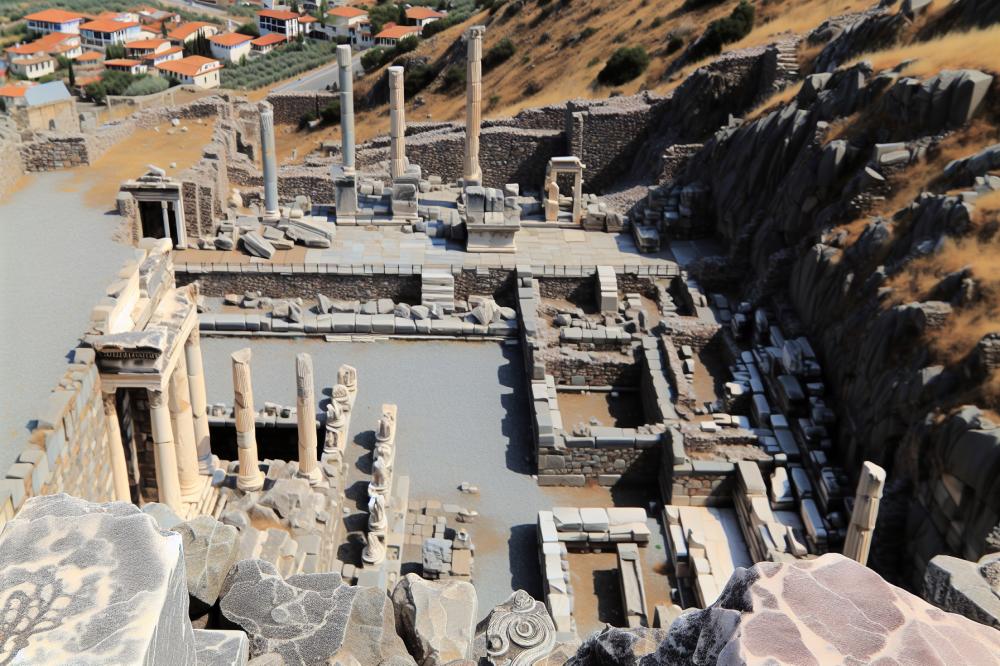
Excavations in Turkey have unveiled remarkable findings at the ancient city of Pergamon. These ruins highlight an advanced civilization known for its innovative contributions during the Hellenistic period. Archaeologists have worked tirelessly to reveal the city’s layout, which reflects its importance as a cultural hub.
One significant area of interest is the Acropolis. This elevated location served as the heart of the city, showcasing impressive structures and public spaces. Temples, theaters, and marketplaces were carefully designed. Each site offers glimpses into the daily life and values of its inhabitants.
Another notable discovery is the ancient medical center, known for its advanced healing practices. This facility drew people from various regions seeking treatment. It demonstrates Pergamon’s role as a center for medical knowledge in the ancient world. Physicians practiced various techniques, blending natural remedies with spiritual healing.
Further research has uncovered remnants of an intricate water system. This system suggests that the inhabitants had a solid understanding of engineering and urban planning. Such discoveries point to their ability to support a growing population effectively.
As archaeologists continue their work, they uncover more about the city’s rich history. They have found inscriptions and artifacts that provide clues about social dynamics and trade. Each finding contributes to the broader narrative of what life was like in this thriving ancient city.
The cultural heritage found in these historical sites sparks interest in both scholars and visitors. Each layer of ruins tells a story, connecting modern-day viewers with the past. These archaeological discoveries transform our understanding of civilization’s development over time.
Cultural Heritage and Impact
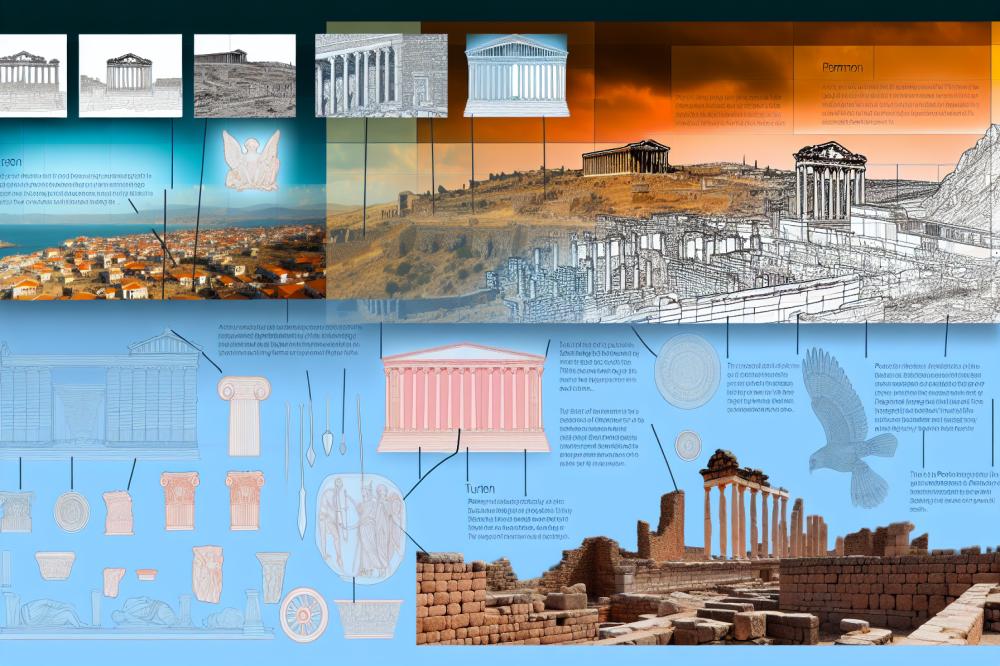
The ruins of the ancient city offer a glimpse into the complexities of an advanced civilization. Located in modern-day Turkey, this site provides valuable insights into the Hellenistic period. Archaeology reveals much about the culture, art, and architecture of its time. Scholars study these remnants to understand the factors that shaped ancient societies.
Once, the Acropolis of this ancient city stood as a testament to human ingenuity. Structures built during this era influenced later architectural styles across regions. Columns, sculptures, and layouts seen here inspired Renaissance architects and builders. The grand theater and elevated temples demonstrate sophisticated engineering and aesthetic appeal.
This site also served as an important medical center in its day. The Asclepius sanctuary, dedicated to the healing god, attracted people seeking cures. Its emphasis on health and wellness was ahead of its time. Through archaeological discoveries, we can trace the foundations of medicine practiced then, which laid the groundwork for future advancements.
Beyond architecture and medicine, history continues to draw lessons from these remnants. Scholarship flourished in Pergamon, especially in the realm of literature and philosophy. The famed library symbolized the pursuit of knowledge, rivaling even that of Alexandria. Such dedication to education has inspired countless generations to value learning.
Visitors to historical sites like this one come away with a deeper appreciation for ancient cultures. The impact of these ruins extends far beyond their geographical boundaries. They remind us of the interconnectedness of human experience across time and space. Explorations of these ruins enrich our understanding of our shared past.
Visiting Pergamon Today
For those eager to delve into the ruins of an ancient civilization, Pergamon offers a fascinating glimpse into history. Nestled in Turkey, this site showcases remarkable archaeological treasures from the Hellenistic period. Travelers should plan to explore the Acropolis, which rises dramatically above the surrounding landscape. It is essential to note that this site can be quite steep, so prepare for some uphill walking.
Accessibility may vary. The main paths are manageable, but some areas might present challenges for those with mobility issues. Visitors using wheelchairs or strollers may find certain sections difficult. However, there are many beautiful sights close to the entrance that still provide a taste of the cultural heritage embedded in the site.
Many guided tours operate year-round. Joining one can enhance your experience. Knowledgeable guides will share stories about the ancient medical center and its significance in the development of health practices. They bring the history to life, making the visit even more meaningful.
Choosing the best time to visit can greatly affect your experience. Spring and fall are ideal seasons. During these months, the weather is usually pleasant, making it comfortable for exploring the ruins. Summer can be extremely hot, causing some fatigue during your visit. Early mornings or late afternoons are also great times to avoid crowds and enjoy quieter moments among the historical sites.
Exploring Pergamon in person is a journey through time. Imagine walking where scholars once roamed and where important decisions were made. The awe of witnessing the remains of grand temples, theatres, and libraries is truly breathtaking. Every stone has a story to tell, and each corner reveals more about its former glory.
Final Thoughts on the Ancient City
The ruins of this ancient city offer a glimpse into a time long past. Visitors will find not only stunning architecture but also a rich story woven through its history. Once, this site was a melting pot of cultures and ideas. Today, it stands as a testament to human achievement and creativity. The significance of the area in the field of archaeology cannot be overstated. Discoveries here have shaped our understanding of ancient civilizations.
Incorporating a trip to this remarkable location into your holiday plans can provide an unforgettable experience. Walking through these historical remnants allows one to connect with the past in a meaningful way. Imagine standing where philosophers once debated and artists created their masterpieces. This journey does more than entertain; it enriches your appreciation for history and culture.
Consider visiting this significant landmark during your travels in Turkey. The experience can create lasting memories and deepen your understanding of our shared human heritage. Exploring such a well-preserved site allows you to witness the grandeur of ancient life firsthand. Embrace the chance to learn and be inspired by what once thrived in this extraordinary location.

